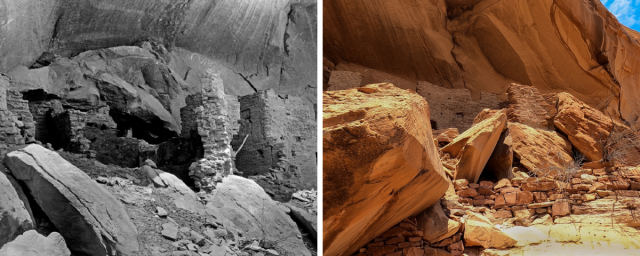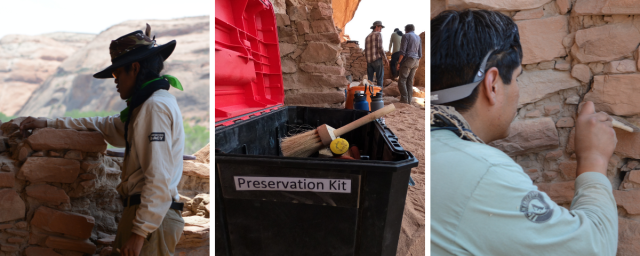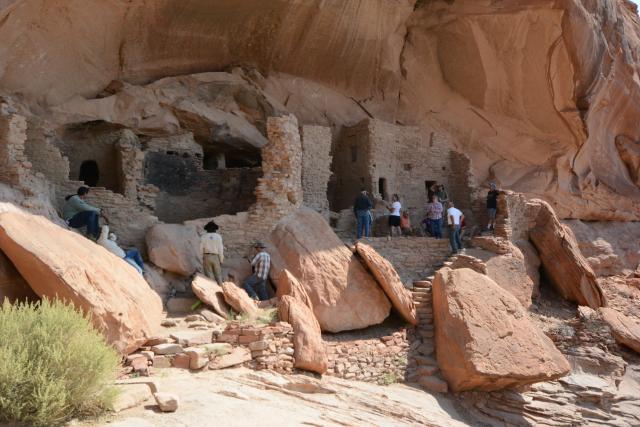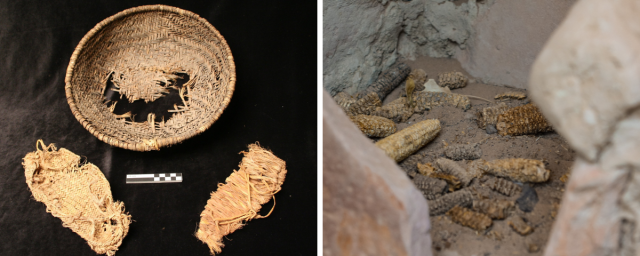Related Stories
- Popular posts: BLM's most viewed blogs of 2025
- Using science to uncover mysteries of the Mesa archaeological site in Alaska
- Agua Fria National Monument: A desert oasis with a rich history and a vital present
- Building for birds: Scouts support public lands
- Virtual adventures await: Discover six BLM public lands you can tour from anywhere
Office
365 North Main Street, P.O. Box 7
Monticello, UT 84535
United States
Phone:
Email:




